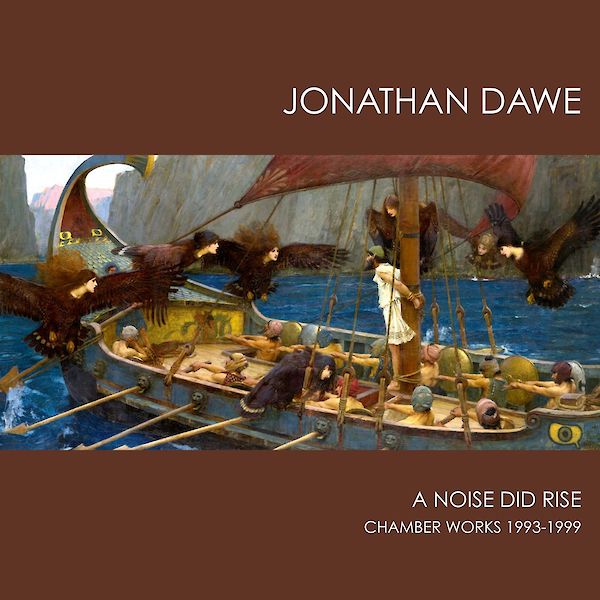Discography

The Colonials: The Trout Variations
2016, CDBaby (5638852338)Who doesn't love trout?
Diners love it simply, with some butter and maybe some herbs. Restaurateurs love it because it's easy to cook and fun to price. And musicians and audiences alike have agreed that Schubert's Quintet in A, nicknamed The Trout, is a masterpiece of almost unprecedented popularity.
But what gave this quintet its quirky nickname? In 1817 a 20-year old Schubert set Christian Schubart's poem Die Forelle, and it quickly rose to the top of the Viennese charts. In 1819, when the rustic country cellist Sylvester Paumgartner asked Schubert for a chamber work that could be played at his home salons, Herr Paumgartner specifically asked for a variation movement that would be based on this, his favorite song. He also asked for an unusual instrumentation: violin, viola, cello, bass, and piano. This unique combination complemented another piece programmed for the salon that week, Hummel's Septet in E-flat.

Piercing are the Darts: Early Twenty-First Century Chamber Works
2014, Furious Artisans (FACD6810)From the liner notes:
Within the creative world of Jonathan Dawe, early music has continued to have a profound influence. His preoccupation with this source material has led him to idiosyncratic methods of transformation of musical materials using ideas from fractal geometry. The music as a result has a distinctive sound, one in which echoes of the past, familiar in its style if not in its details, and is transmogrified into a language of the present. Dawe employs fractal models in transforming the appropriated musical figures in several dimensions; some of the results are readily audible. Some transformations take place on a deeper or more far-reaching level that may determine large-scale structure for the piece, which results in a sense of cohesion and directedness. The vibrant integration of these various elements, employed in the service of musical expression, has resulted in a body of work immediately communicative but ever open to the possibility of new discoveries.
Robert Kirzinger
Boston Symphony Orchestra Staff Writer

A Noise Did Rise: Chamber Works 1993-1999
2006, Furious Artisans (FACD6808)The first CD devoted to Dawe's music featuring late Twenieth-century chamber works. Horn Trio (1993) The Siren (1997) Fractal Farm (1999) and Towr'd Trumpets (1993)
Excellent Perfomances ~American Record Review

William Anderson: Hausmusik
2002, Furious Artisans (FACD6802)Hausmusik features classical guitarist William Anderson with his colleagues from the Cygnus Ensemble in stunning performances of 20th c. solo and chamber music, much of which has never been recorded before.
The disc opens with a splashy, irresistable rendition of Hindemith's Rondo for Three Guitars (1925). The recording takes its title from a composition by Kreneck entitled Hausmusik. In this set of 7 short pieces recorders, violin, guitar and piano are used in different combinations. Despite the domestic intent of the music, these are striking pieces. Hans Erich Apostel's Sechs Musiken receives spectacular treatment in Anderson's Hands. These European works are mirrored by American which relate to the home (and architecture) in obvious or surprising ways -Robert Martin's exquisite little piece called Henry's Lullaby was written for Anderson's son Henry.



